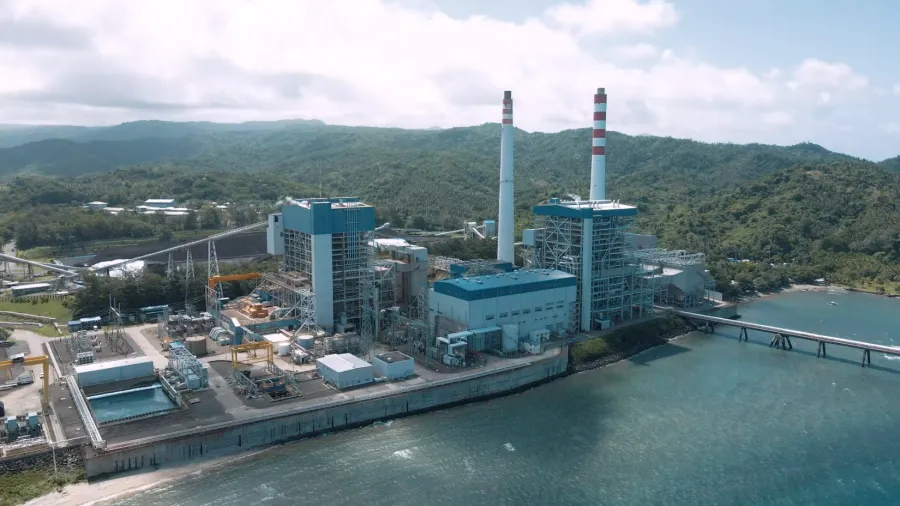
Mauban-based coal plants bolster Luzon grid’s power supply
Quezon Power Plant generates 460MW of electricity, whilst San Buenaventura Power Plant produces 455MW of power.
Since the start of the millennium, the 460-megawatt (MW) coal-fired Quezon Power Plant in the municipality of Mauban has been reinforcing the Philippines’ Luzon electricity grid under a power supply agreement with private distribution utility firm Manila Electric Co. (Meralco).
As the years progressed and the economy grew, a greater demand for electricity gave rise to a second coal-fired unit in the municipality: the San Buenaventura Power Plant.
Asian Power recently took a tour of the facilities and delved into the plant’s contribution to the Philippines’ energy landscape.

The plant tour
Both the Quezon and San Buenaventura power plants are operated by Pearl Energy Philippines Operating Inc. (PEPOI). The first coal-fired unit, owned by Thailand’s EGCO Group subsidiary Quezon Power (Philippines), Limited Co., is the first base-load IPP in Southeast Asia to sell electricity to a non-government utility.
Walter Laptew, facilities manager at PEPOI, said the Quezon Plant uses a steam turbine from General Electric and its boiler is a Foster Wheeler. Building it back in 2000 required around $750m whilst rolling out the transmission line cost another $68m.
In 2019, the second unit in Mauban started operations to answer to the bigger demand for electricity, PEPOI Plant Manager Roel Feliciano said. Meralco’s power generation unit, Meralco PowerGen, holds a 51% stake in the 455-MW San Buenaventura Power Plant, whilst the EGCO subsidiary New Growth BV owns the remaining 49% stake.
Costing around $1b, the second unit is the first supercritical coal-fired power plant in the Philippines, using a “high efficiency, low emissions” coal technology through higher temperatures and pressures.
“After our project, two power plants followed us. They are now supercritical,” Feliciano said.

Overcoming challenges
Building the plants did proceed without challenges. The construction of the Quezon Power plant was met with opposition from a non-governmental group.
“However, we were fortunate that the local government unit was in favour of the plan. As time went on, we were accepted by the community,” Laptew told Asian Power.
The main challenge in building the San Buenaventura unit was the limited area for construction, he said.
Laptew said they had to relocate several QPL support facilities to free up space for the construction of the second unit.
Solid maintenance programme
Feliciano said one of the challenges in maintaining the power plants is ensuring compliance with the environmental requirements set by the Department of Environment and Natural Resources (DENR).
Pearl Energy has parameters to measure its compliance with environmental standards. For example, they use an anti-emission device called the electrostatic precipitator which reduces the opacity of the smoke emitted by the plants. Through this, the smoke released is not visible, he said.
“We keep on upgrading that. If the original equipment manufacturer has a new technology for that, we install it so that we make sure that we are compliant with the environmental requirements,” Feliciano said.
It also maximise the scheduled annual outages within 25 to 30 days to check the condition of the plant. Every three to five years, they need a major outage that spans for 45 days to carry out significant changes and overhauling of equipment like the turbine, Feliciano said.
Meanwhile, Laptew highlighted the importance of their engineers in ensuring the plants remain in good condition.
“For reliability and maintaining the plant. It’s a skill set that requires a good maintenance program, and a good maintenance team. We have a very solid group of professionals. That enables us to reliably and as cheaply as possible produce power that’s needed by the public,” he said.
“People are one of our major assets,” Feliciano added.
Feliciano said they provide continuous training to their engineers by sending them overseas or attending seminars led by organisations like the Philippine Society of Mechanical Engineers and the Philippine Coal Plant Users’ Group to keep up with developments in the sector.

Government moratorium
Another challenge faced by the coal plant sector is the shift towards cleaner sources of electricity, Feliciano said.
In October 2020, the Philippine government imposed a moratorium against the construction of new coal-fired power plants. The country also plans to increase the share of renewable energy (RE) in the generation mix to 30% by 2030 and 50% by 2040%.
Feliciano said the role of coal plants in the country’s energy sector remains vital as the outage of four plants with a total estimated capacity of around 3,000 MW will result in a “red alert” in the grid.
A red alert is declared when there is insufficient power supply to the grid, resulting in rotating brownouts.
“If four or five coal-fired power plants are offline, there will be insufficient supply. How will that be augmented by renewables?” he said.
There are also difficulties in setting up RE facilities, said Feliciano. For example, solar plants would require hectares of land to install a 100 MW capacity, whilst coal plants would only need a smaller land area and generate more power.
Ammonia co-firing
Despite the looming expiration of Quezon Power’s PPA with Meralco, there are efforts to reduce the coal-fired plant’s carbon emissions.
QPL, its owner EGCO Group, and South Korea’s Doosan Enerbility Co. signed a memorandum of understanding for a feasibility study of ammonia co-fired power generation at the Quezon Power unit.
Feliciano said there will be challenges in the implementation as it will require a total replacement of the existing hardware such as the burner which needs to be replaced with one that can accommodate both coal and ammonia.
“The MOU will support EGCO Group’s strategic plan to reduce its carbon dioxide emission intensity by 10% within 2030,” according to an EGCO statement, adding that it is a step towards its goal to achieve carbon neutrality by 2050.
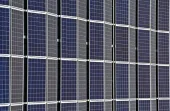

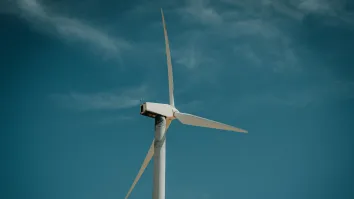
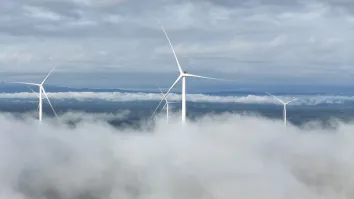
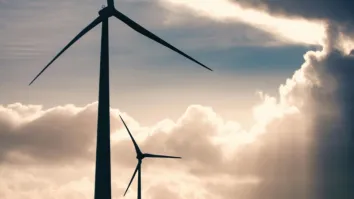














 Advertise
Advertise






